In Johannesburg, under Apartheid rule.
So, South Africa. The land of overpriced safari resorts, where you can experience wilderness without actually leaving your creature comforts. A country that is recovering from a dark past trying to consolidate its identity. My day in Johannesburg, albeit a short one, was both inspiring and deeply, deeply sad. Racism ripped the country apart. I will never fathom how and why people would do this to other people (I’m looking at you, Trump).
Fair warning though, this post may depress you.
We started the day at Soweto, South West Township (if you thought Singaporeans were good at abbreviating things, think again). Soweto was where the South African government used to house the poor black people during apartheid. Big mistake though, if you house many unhappy people together they are more likely to start a revolution. Which was what happened. Not a smart move, white people.
However, up to today, it remains one of the poorest districts in Johannesburg with many families living in tin sheds, and without water or electricity. It’s really like one of those UN “save the children” advertisements.
Bystanders may have found it really odd to see a family of three lost-looking Asian people. Great.
The historical and political significance of this area is immeasurable. Not because ANC leader and President Nelson Mandela lived there, no. It was the humility of the place that really stood out. To think that people would fight on, against all odds and eventually emerge victorious against The White Man.
Vilakazi Street, the only street where two Nobel laureates lived. The first was Nelson Mandela, and the second Desmond Tutu (who studied in KCL, coincidentally. I feel so proud. )
Vilakazi street stood the Mandela house where the man lived.
Lots of terrible, terrible things happened here.
On the 16th June 1976, the police opened fire on a group of students who had gathered for a protest against the unfair policies of Apartheid. Hector Pieterson, a 12 year old boy at that time, was the first one to be shot. The wall above, is where more than 200 students were murdered.
And amidst the violent backdrop, the 2010 FIFA world cup stadium was also built nearby. Fancy that.
During apartheid, there was different entrances for white and non-whites, they recreated this as the entrance of the museum. Unfortunately this was the last photo I could take before we entered the Apartheid museum as no photos where allowed in. If you’re in the area, I’d really recommend for you to have a visit. It was an incredibly interesting immerse experience.
I also learnt that not all white South Africans complicit in this, many participated in the civil rights revolution and had a part to play in the abolishment of apartheid.
Apartheid was absurd. I knew that the colonial masters had an obsession with classifying things, but not to this extent. When you entered South Africa that would be a test to see your ethnicity. No, not DNA testing or anything fancy like that, no. They would put a pencil in your hair and ask you to shake your head. If it doesn’t fall out, you’d be considered black. So, in South Africa, it was possible for a Japanese man to be considered black (which was what happened). On a particularly bad hair day, I would have been classified as a black woman in apartheid South Africa. So much for conflating physical attributes with ethnicity; SJWs you should have been there.
Luck, dictated that I would be born here in 1994 and not in apartheid South Africa. But luck is not morally relevant. It could have been you or me. I have the utmost respect for those who fought for their rights. I cannot fathom having to do the same (#privilege).
Tips: If you’re interested in visiting the area, do get a guide. I’m not allowed to say that it’s dangerous because SJWs will be all up my ass but certainly, you have to respect the area. It is a residential area where people still live and the struggles that occurred are something you definitely need to hear from a local. Our guide was in one of the videos we saw in the apartheid museum (he was protesting).








